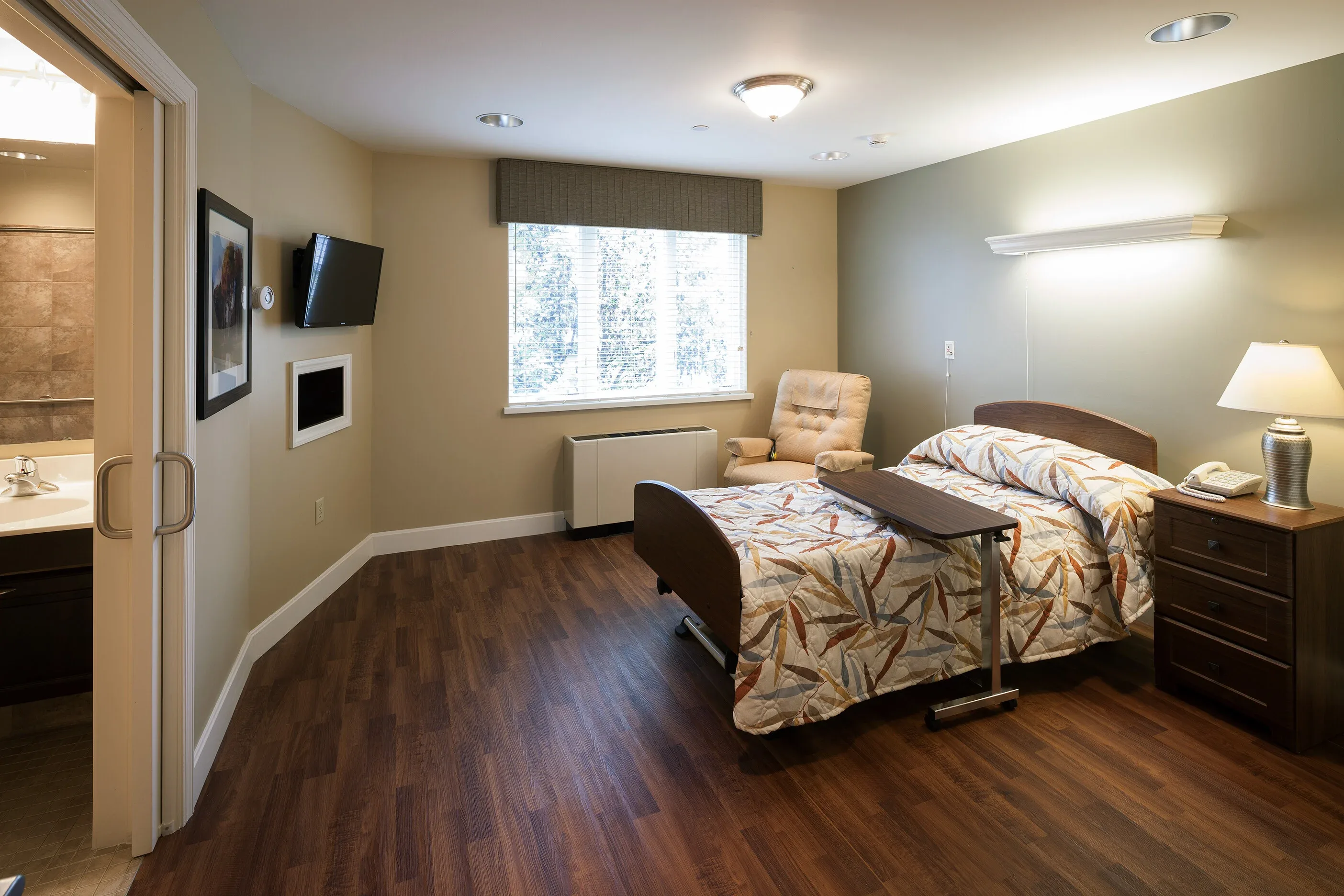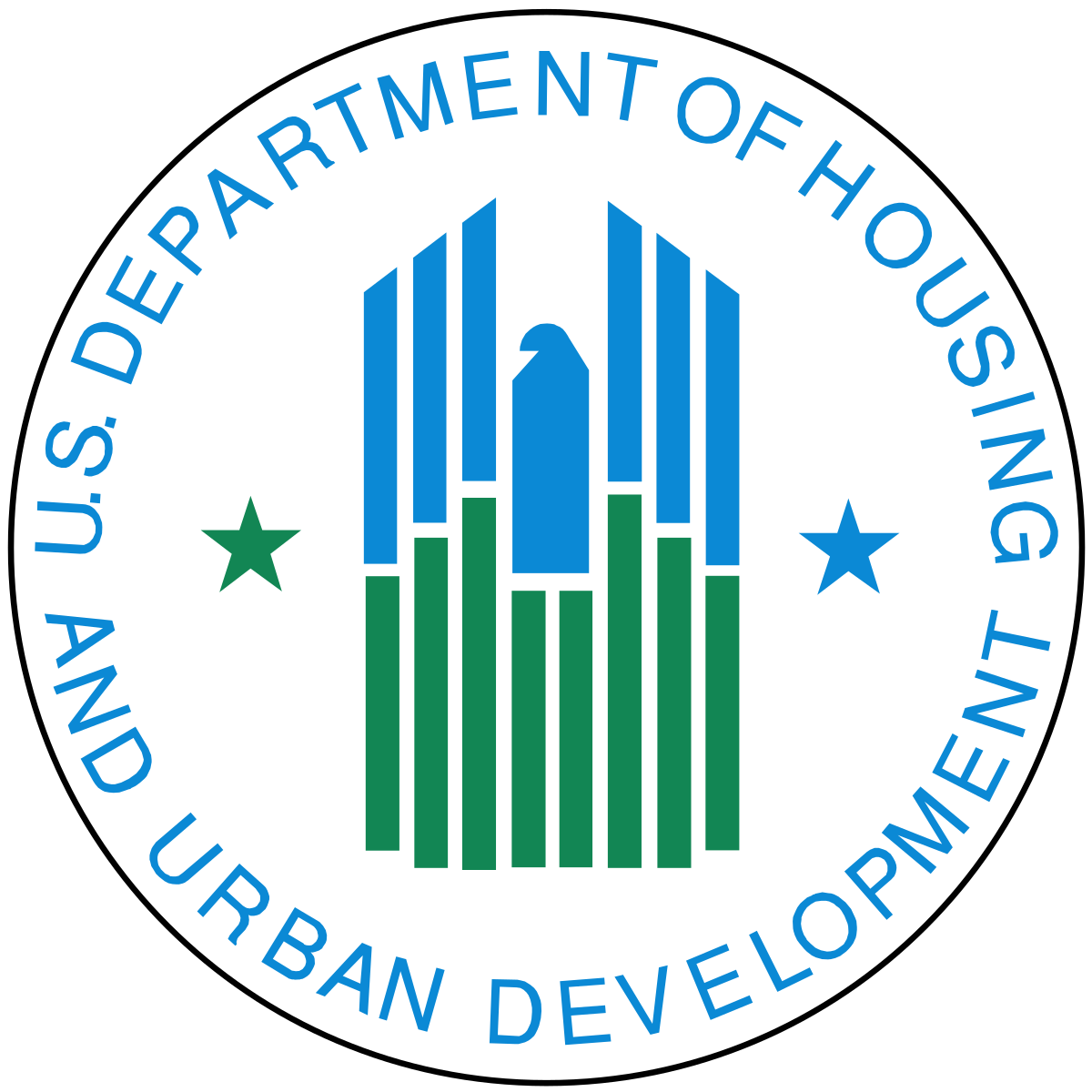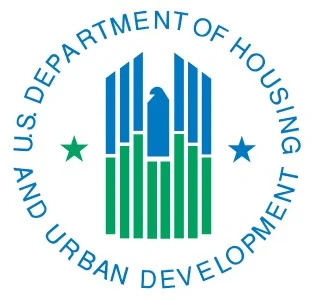Key Takeaways
- Risk-Based Regulatory Reform: The proposal advocates for a shift from uniform oversight to a tiered system where high-performing (4- and 5-star) nursing facilities can earn accreditation and reduced regulatory burden, allowing CMS to focus resources on underperforming facilities.
- AI-Enhanced Monitoring: Advanced artificial intelligence tools would enable accredited facilities to self-monitor key metrics and maintain compliance through real-time performance tracking, reducing the need for constant external audits.
- Resource Optimization Benefits: This streamlined approach would benefit multiple stakeholders - families gain clearer quality indicators, CMS achieves more efficient oversight, and high-performing providers can redirect resources from administrative compliance to resident care.
- Innovation and Excellence Incentives: The voluntary accreditation program would create positive incentives for facilities to maintain high standards while fostering industry-wide improvements through public recognition and operational efficiency gains.
Introduction
The Centers for Medicare & Medicaid Services (CMS) currently applies uniform regulations across all nursing facilities, irrespective of their performance history. While this ensures baseline accountability, it also imposes unnecessary oversight on high-performing facilities. These top-tier providers—often rated 4- or 5-stars—must divert resources toward regulatory compliance that could otherwise be invested in enhancing care quality and resident satisfaction. Simultaneously, CMS resources are stretched thin, limiting the agency’s ability to target underperforming facilities that require closer scrutiny.
Proposed Reform
To address these challenges, we recommend implementing a voluntary accreditation program for 4- and 5-star facilities. Accredited facilities would benefit from reduced survey oversight, allowing them to operate with greater autonomy while maintaining high standards. AI-driven monitoring tools would complement this program by enabling real-time performance tracking, ensuring that facilities remain compliant without the need for constant external audits.
Rationale for Reform
1. Resource Optimization
By granting accreditation to high-performing facilities, CMS can redirect its limited oversight capacity to underperforming providers. This targeted approach ensures that facilities with the greatest need receive the most attention, leading to higher overall quality improvement in the sector.
2. Innovation-Driven Compliance
Advanced AI tools can help facilities self-monitor critical metrics, including staffing levels, care outcomes, and adherence to regulatory requirements. These tools empower facilities to identify and address issues proactively, ensuring continuous compliance and quality improvement with minimal administrative burden.
3. Efficiency in Oversight
Streamlined processes improve regulatory efficiency by reducing redundant surveys for top-tier providers. With AI-enabled oversight, CMS can maintain confidence in the compliance of accredited facilities while reducing operational costs.
4. Recognition of Excellence
A voluntary accreditation program incentivizes excellence by publicly recognizing facilities that meet and maintain high standards. This program sets a benchmark for quality, inspiring other providers to improve their performance to achieve accreditation.
5. Enhanced Care Focus
Reduced regulatory demands enable high-performing providers to shift their focus from administrative compliance to initiatives that directly improve resident care and satisfaction.
6. Public Transparency
Accreditation programs provide families with a trusted, easily understood measure of facility quality. This transparency empowers consumers to make informed decisions when choosing care for their loved ones.
Key Benefits
• For Residents and Families:
Accreditation serves as a reliable indicator of quality, helping families identify top-performing facilities. By prioritizing resident outcomes over administrative tasks, accredited providers can deliver enhanced care and satisfaction.
• For CMS:
Focused oversight reduces operational costs while increasing the effectiveness of interventions for underperforming facilities. AI-supported tools provide an additional layer of accountability, ensuring that accredited facilities maintain their high standards.
• For Providers:
Accreditation recognizes and rewards excellence, fostering pride and motivation among staff. By reducing regulatory burdens, providers can allocate more resources toward innovative care solutions and resident well-being.
Call to Action
Streamlining regulatory processes for high-performing nursing facilities, supported by AI monitoring, represents a win-win solution for residents, providers, and CMS. This approach not only reduces administrative inefficiencies but also drives industry-wide improvements in care quality. Accreditation programs reward excellence while freeing resources for facilities that need the most oversight, creating a sustainable and effective model for regulatory reform.
By focusing on innovation and targeted oversight, CMS can better fulfill its mission of protecting vulnerable populations and ensuring high-quality care in the post-acute and senior living sectors. This forward-thinking approach aligns with the needs of modern providers while keeping residents and their families at the heart of care delivery.



